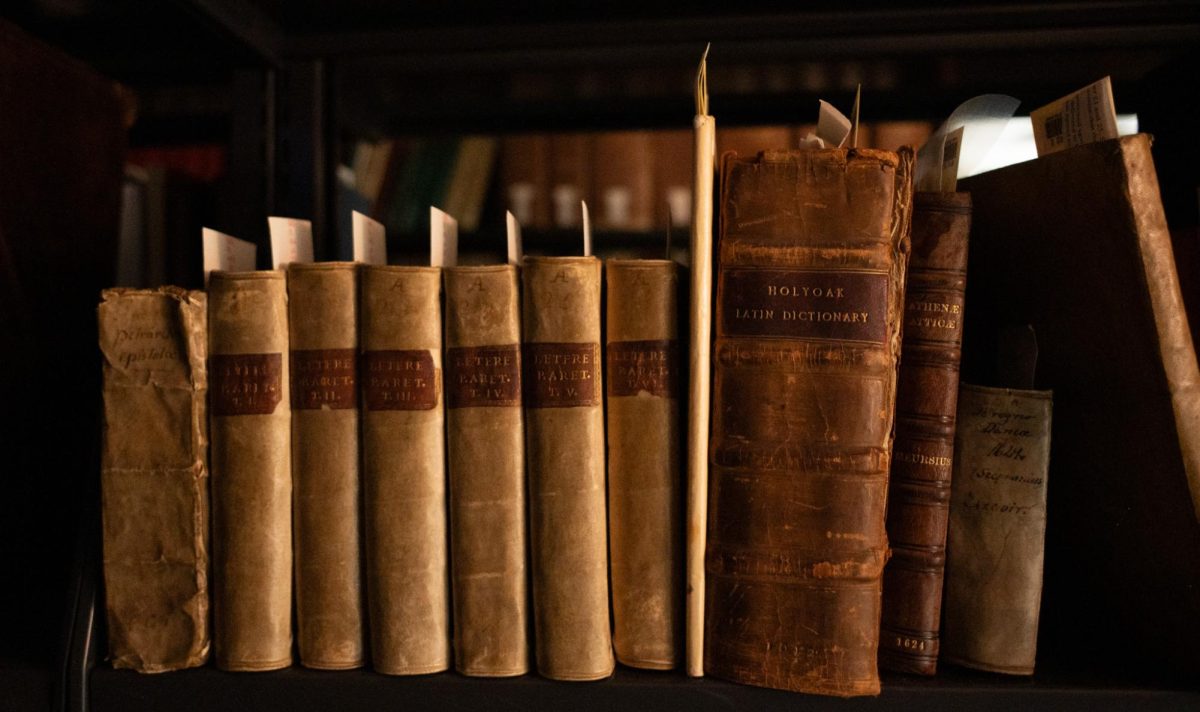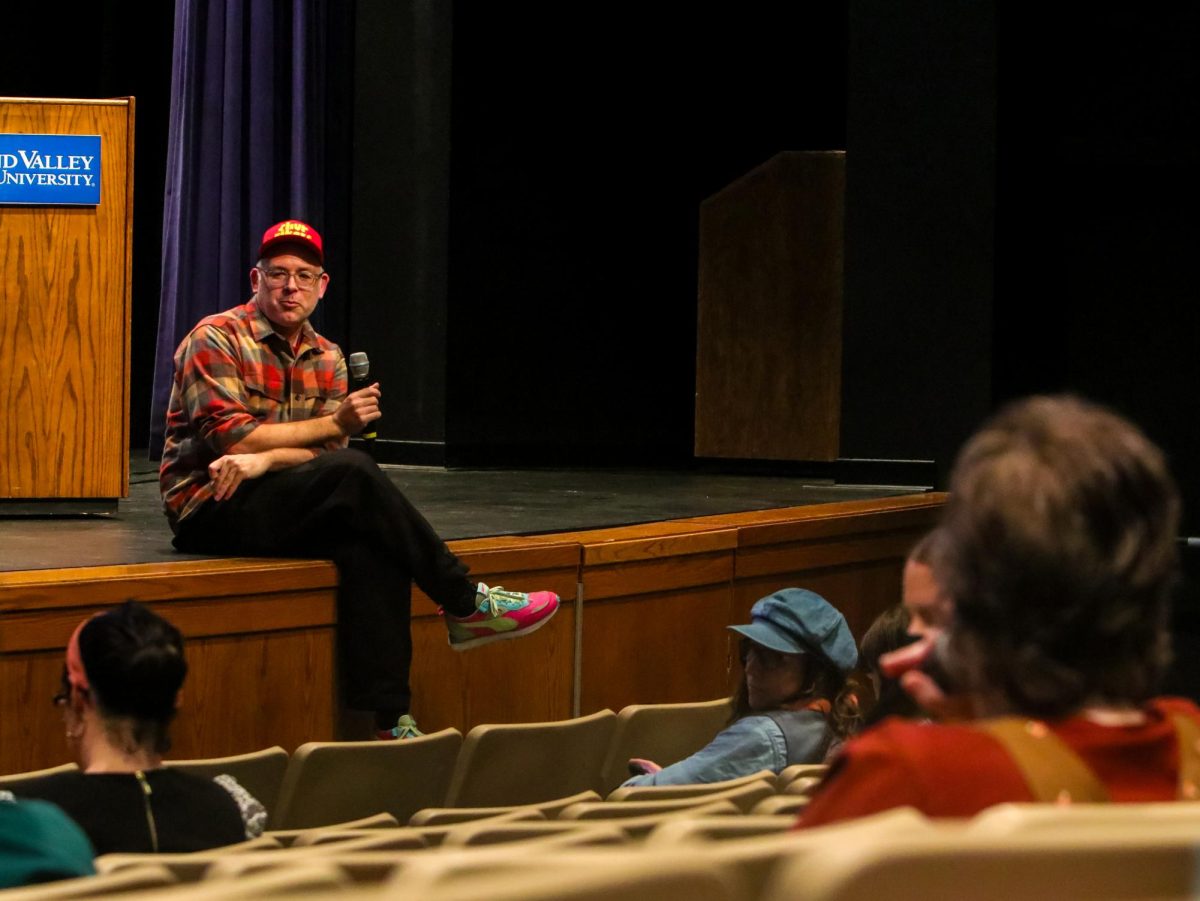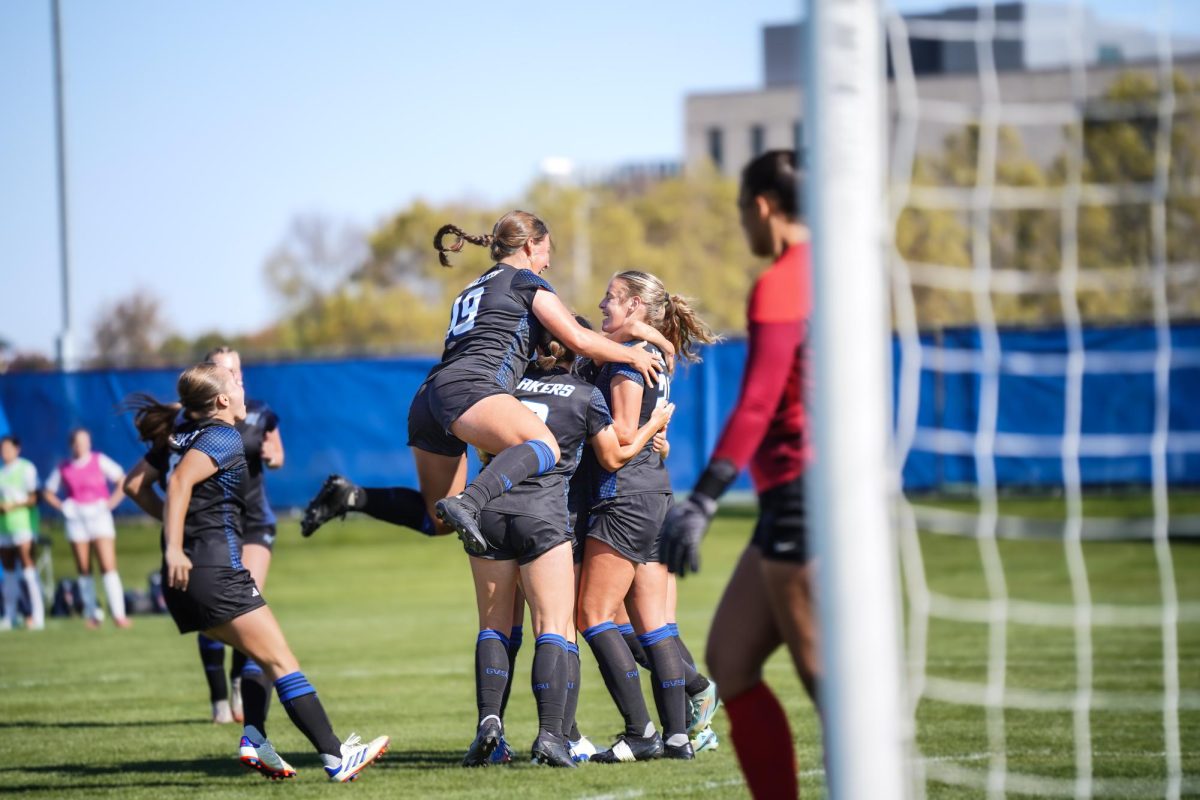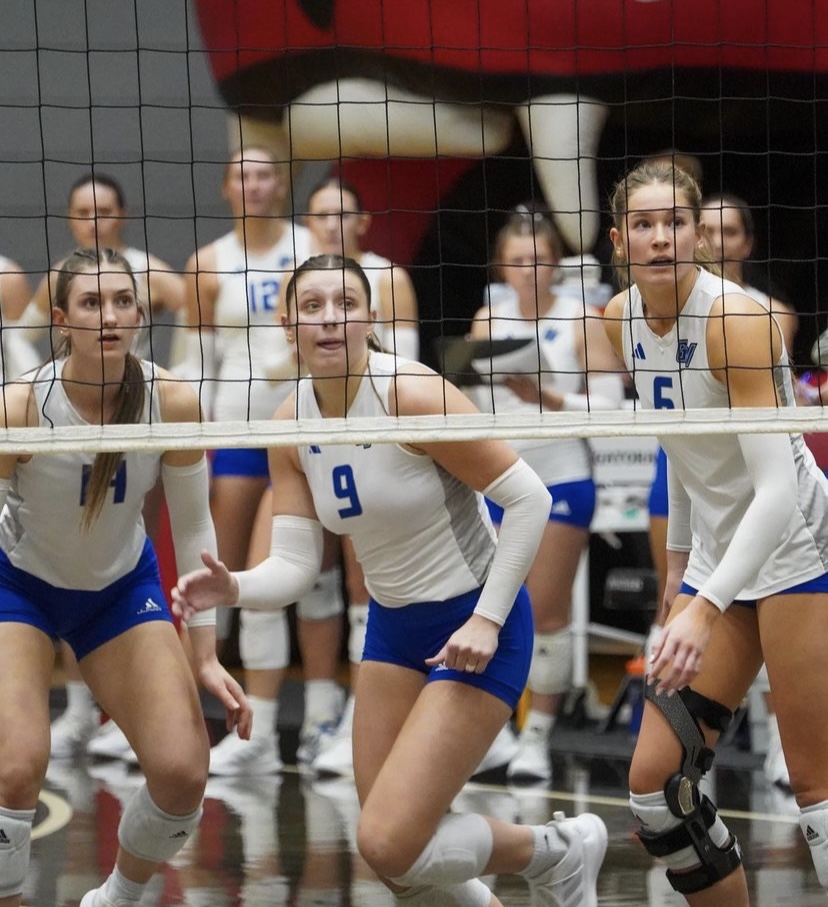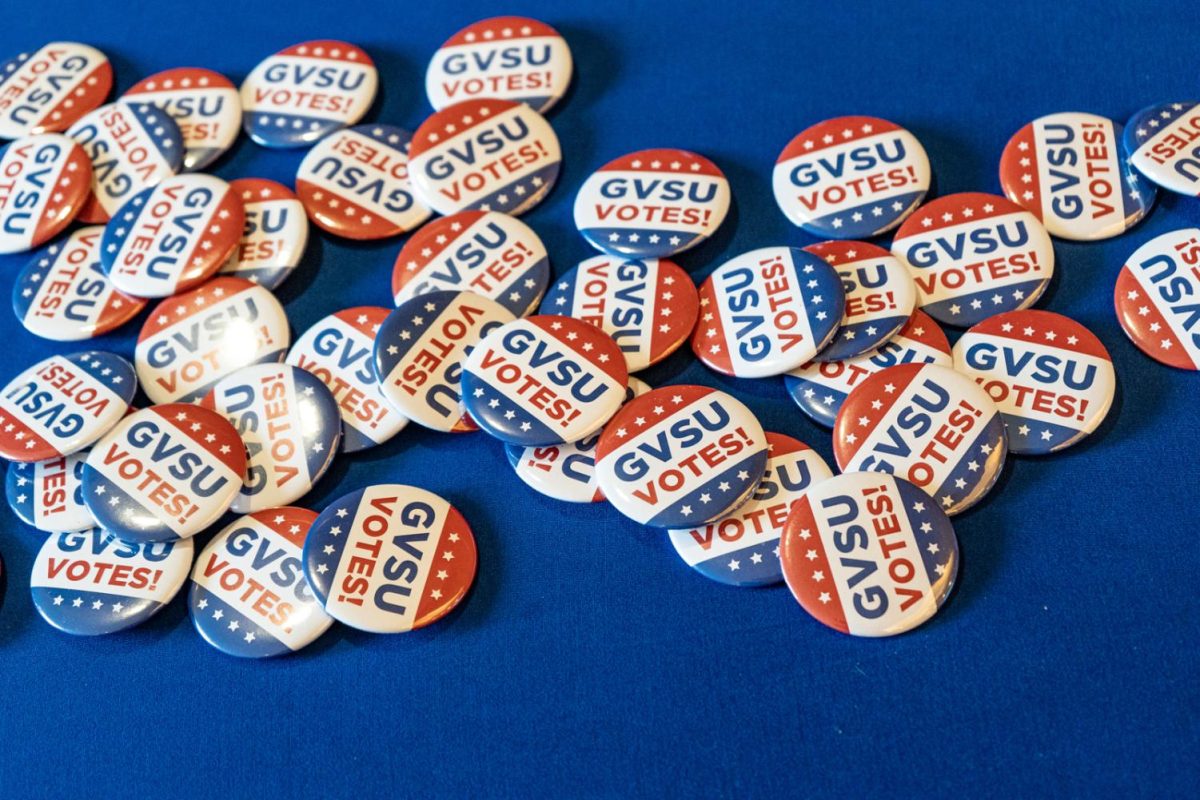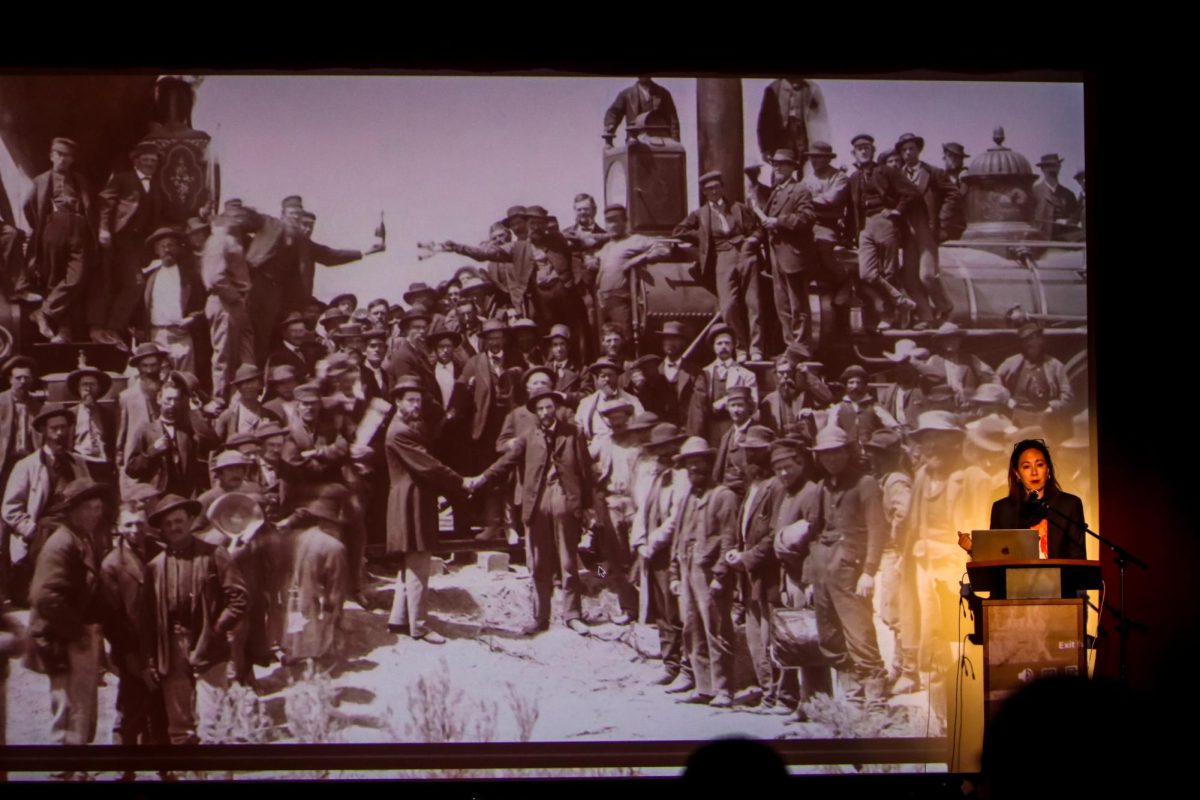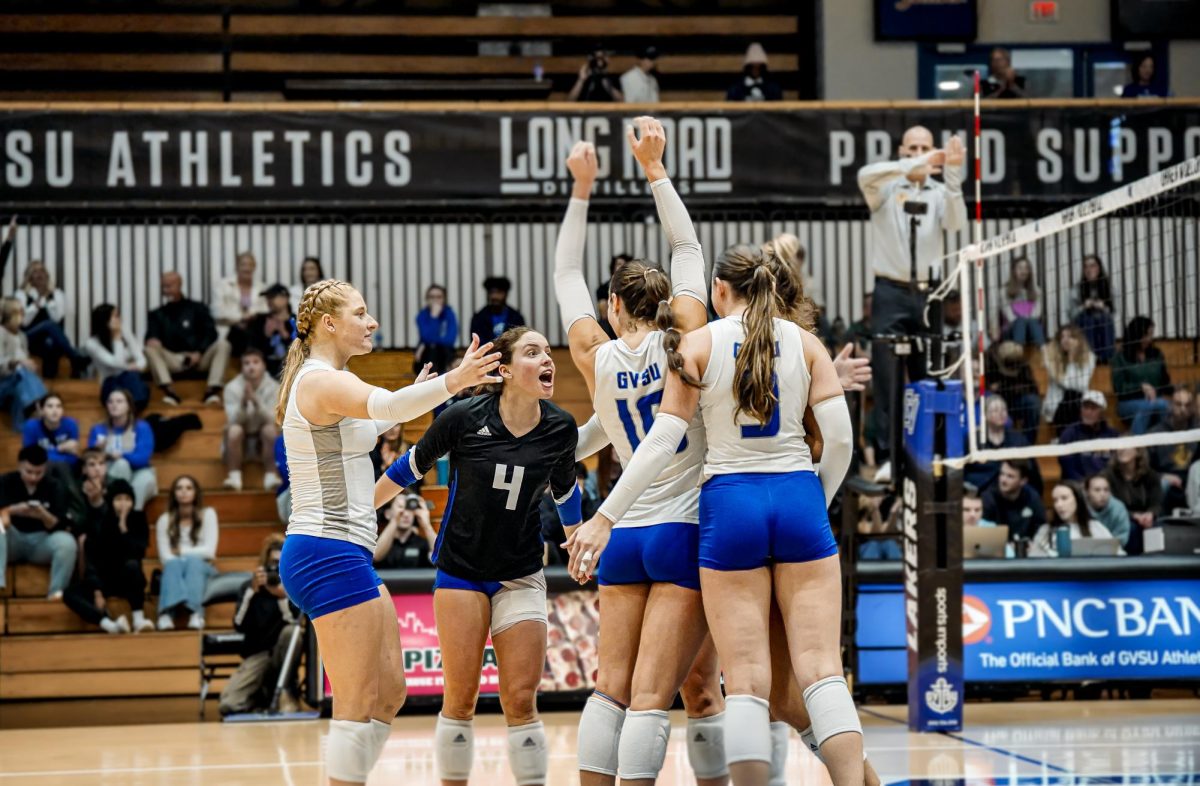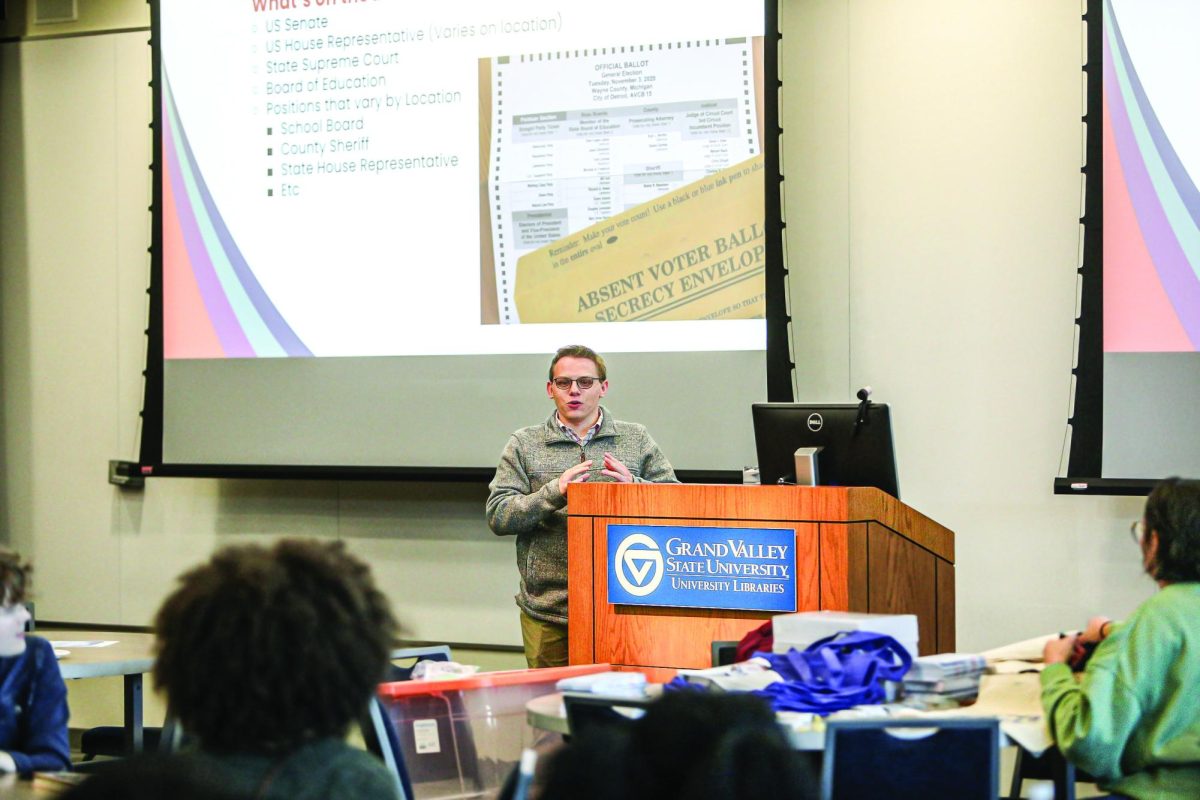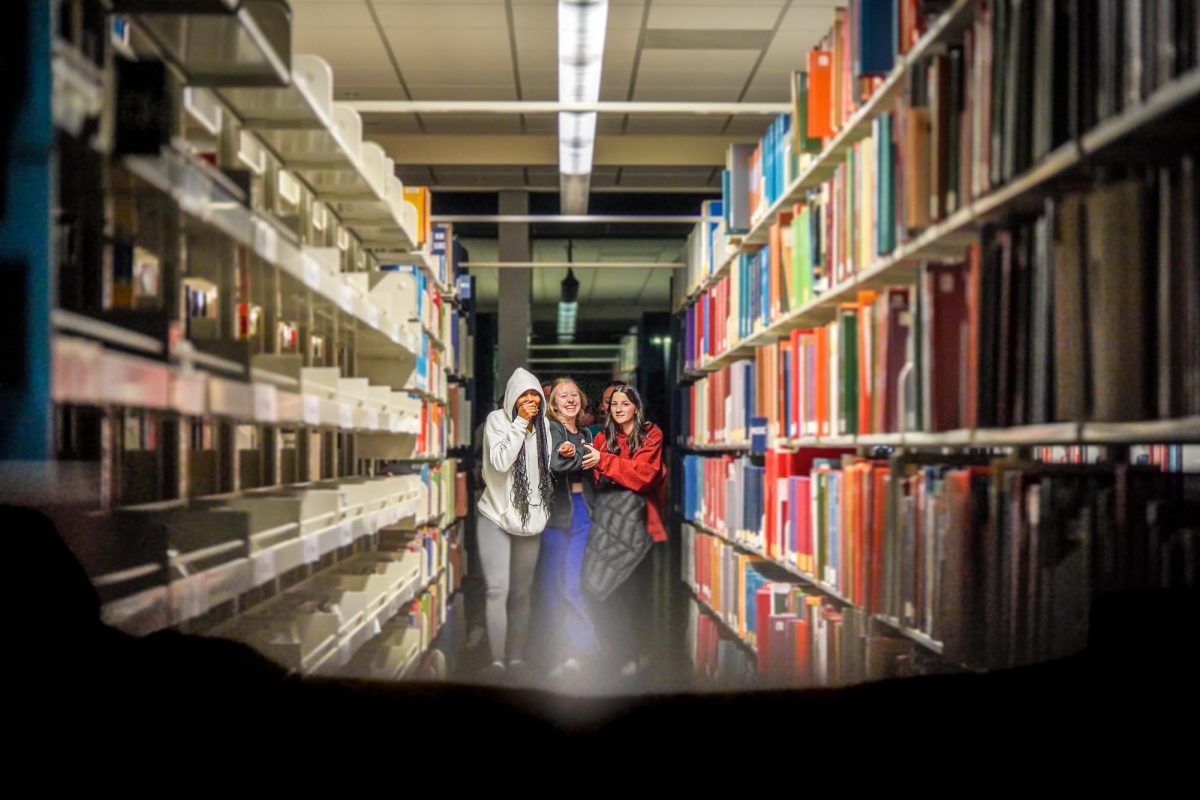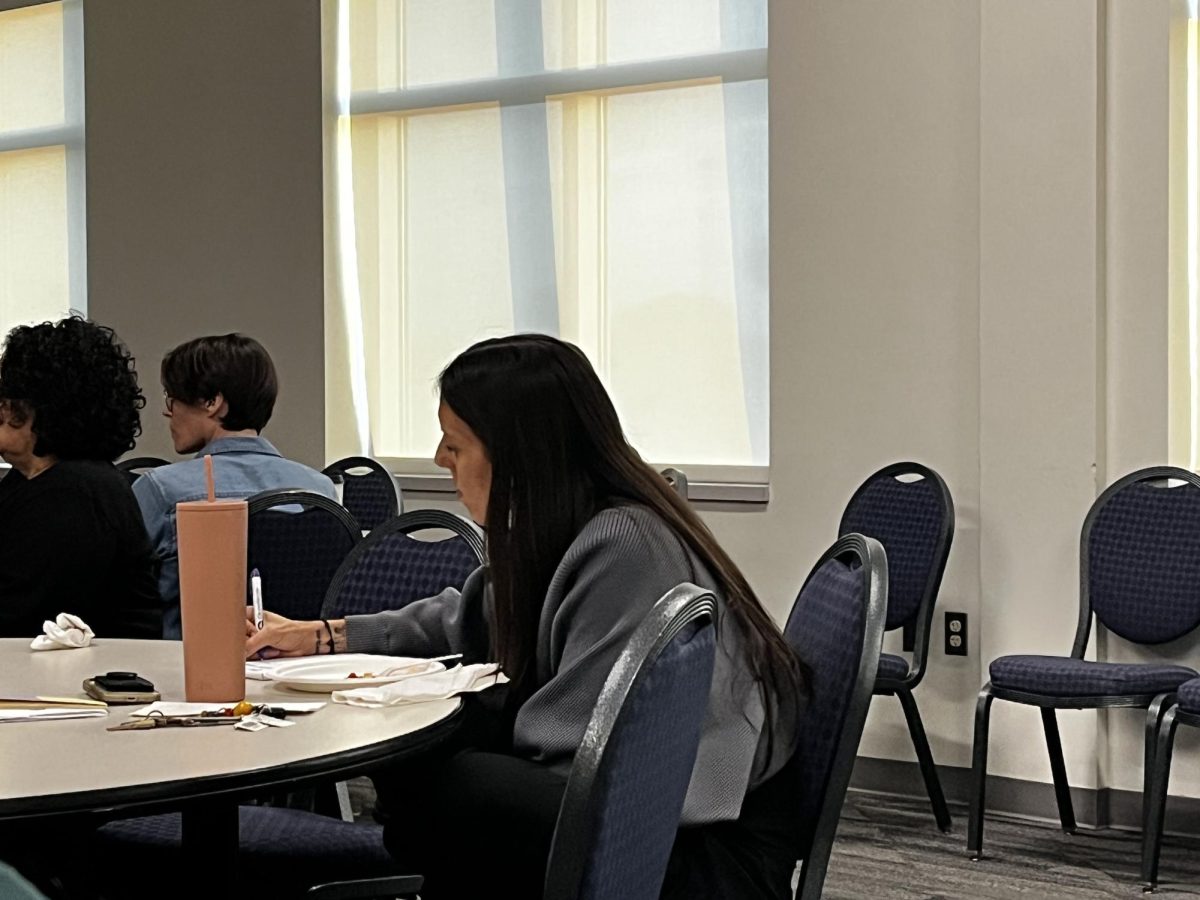Event highlights connections in sociology, environmental justice
Apr 3, 2023
On March 30, Associate Professor of Sociology at Central Michigan University Dr. Cedric Taylor held a virtual seminar for the GVSU community.
The seminar focused on environmental justice, which seeks to end the pollution of the environment, especially in marginalized communities.
“Environmental issues don’t happen randomly in society,” Taylor said. “The production in (chemical and waste) facilities benefits our society as a whole, but what kind of communities accept the risks of these operations?”
Taylor discussed the connection between public sociology and environmental issues and how it can be used to navigate discussions around these topics.
“Public sociology is the application of sociological research and insights to engage with and address social issues in the public sphere,” Taylor said. “For me, public sociology is searching for opportunities to inform debate and shape policy around environmental injustice issues.”
One way in which Taylor has used public sociology to further inform communities is through documentary filmmaking. His 2018 film “Nor Any Drop to Drink” showcased some of the citizens and lawmakers who lived through the Flint Water Crisis.
“Many of us by now are familiar with the flint water crisis,” Taylor said. “We know the state-appointed emergency manager used the flint river as a source of water for the city. They did this as a way to save money. The people there had no meaningful control over the decisions that had an impact on their health. Many of these affected citizens are yet to be made whole again.”
Taylor aims to educate and help show the severity that some of these environmental injustices have had in communities through “Nor Any Drop to Drink.” He wishes to raise awareness and prevent future mishaps from taking place.
For Taylor, this is just another in a long line of events that have showcased the environmental hazards that have plagued minority communities around the country.
The Raleigh chemical dump of 1982 is one specific incident that Taylor believes shows the pattern of marginalized communities suffering from environmental hazards. When the company that dumped waste in this area was found culpable, the government proposed putting a PCB landfill, a landfill that contains industrial products or chemicals, in the predominantly Black community.
“This area was African American and had some of the highest poverty in the state,” Taylor said. “Residents of the area were outraged and knew what could happen to their drinking water and their health.”
This eventually led to widespread protests in 1982 which caused environmental injustice to be covered by the media.
“The landfill eventually produced contaminated water and required millions of dollars to clean up,” Taylor said. “People had protested dumping on reservations and the Warren county protest gave rise to awareness of environmental injustice.”
Even though hazardous waste had affected other communities as well, this specific incident demonstrated a disturbing precedent based on a variety of personal factors.
“Even when income is considered one could see a definite racial dimension to which communities got dumped on and which did not,” Taylor said. “There was a connection between race and class and exposure to environmental hazards such as dumping.”
These findings indicated a pattern of behavior that could be applied to other environmental events that were shown to have irrevocably damaged marginalized communities. In many of these cases, there was no recourse.
In 1995, a heat wave in Chicago killed a staggering amount of low-income individuals.
“Over 700 hundred people (without air conditioning) died, particularly in the south side and west side of the city,” Taylor said. “There were no trees in these areas, which can usually help to mitigate extreme heat. Housing discrimination and redlining caused these events.”
The host of the event, GVSU sociology professor Joseph Verschaeve, said citizens had little choice when it came to environmental concerns or issues.
“These people pay taxes and they are not getting any municipal benefits,” Verschaeve said. “The polluters get tax breaks.”
In addition to these significant events, Taylor also spoke about “Cancer Alley,” a stretch of land between Baton Rouge and New Orleans which houses many petrochemical plants and other facilities.
“People who live in Cancer Alley are low-income and African American and other minority groups,” Taylor said. “This can lead to serious health outcomes. The air and water quality here are amongst the worst in the country, with high levels of benzene. Many companies operating here have been able to avoid accountability and operate with little regulations or oversight.”
Taylor hopes that by applying public sociology to these issues, this understanding will help to mitigate the number of environmental injustices in the future.
“Public sociology can help to bring attention to environmental injustice by highlighting the social factors that contribute to these issues and the impact that they have on marginalized communities,” Taylor said. “Public sociology can help to mobilize public support for environmental justice by presenting research and data in an accessible and engaging way.”






